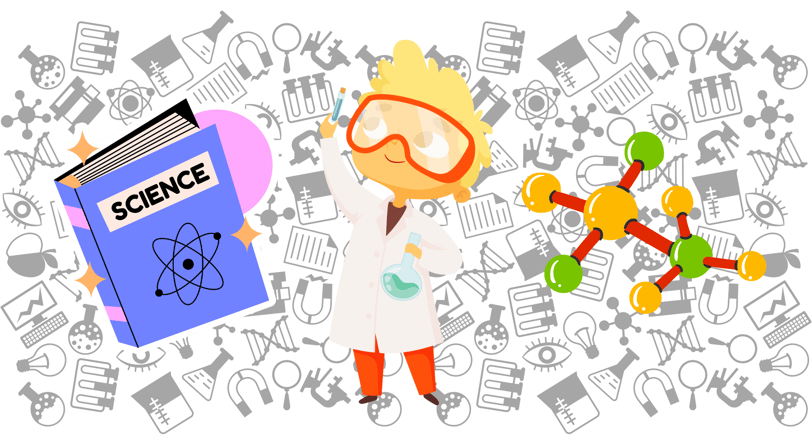Nature: India's Emergence as a Science Powerhouse, Unlocking Potential
Nature: India poised to become science powerhouse. Despite modest R&D investment, India thrives in research output. Potential for exponential growth ahead.
SCIENCE | TECHNOLOGY
14 May 2024
In an article published on April 16, 2024, in the leading international weekly journal of science, Nature, it is asserted that, along with being an economic power, India is more than ready to take the next step towards becoming a science powerhouse.
The article discusses how India, after the US and China, is one of the world's most prolific countries in terms of research output. From 2014 to 2021, the number of universities increased from 760 to 1,113, while seven new Indian Institutes of Technology—the country's network of education and research centers—were established over the last decade, bringing the total to 23. At the same time, two new Indian Institutes of Science Education and Research were formed.
These gains were achieved while the country spent just 0.64% of its gross domestic product (GDP) on research and development (R&D) in 2020–21, as per the latest data published by the Department of Science and Technology (DST).
Contrarily, in 2022, the average R&D expenditure of the 38 high-income countries in the Organisation for Economic Co-operation and Development (OECD) was around 2.7%, as indicated by data published in March 2024.
India must not only contemplate raising its R&D spending but also compare it to other economies of similar size. Approximately 60% of India's research expenditure is attributed to central and state governments and universities, and the remaining 40% to the private sector. In contrast, the OECD nations allocate an average of 74% of their R&D spending to the private sector, while the 27 European Union members allocate 66%.
Today, India is home to numerous multinational corporations in construction, information technology, manufacturing, pharmaceuticals, and other industries. They possess the capacity to substantially bolster the nation's research endeavors, both financially and infrastructurally.
Government data reveals that in 2021–22, India had the world’s third-largest pharmaceutical industry by volume and was the major source of affordable pharmaceuticals and generic drugs, some of which were critical in the global fight against the COVID-19 pandemic. Last year, India became the fourth country to execute a soft moon landing and the first to land near the lunar south pole. It also possesses the world’s largest constellation of remote-sensing satellites.
The article elucidates that if policymakers and industrialists can get this right and boost science spending by encouraging businesses to contribute more, as other leading economies have done, then an opportunity to put rocket boosters under the country’s impressive scientific achievements is there for the taking.


